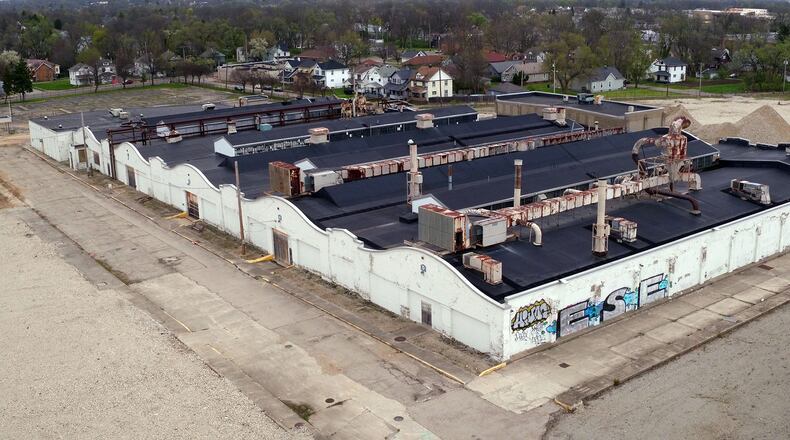Patrick Nugent, the arts alliance’s chief executive, said Friday the journey to the campus has only started.
“We have a long way to go,” Nugent said. “Pulling together public funding for the bricks-and-mortar part of this will be a serious challenge.”
The campus would include a state-of-the-art headquarters for DPAA staff, the professional ballet company, ballet school, youth orchestras, and expanded after-school education programs to serve the local community, the group’s application said. The facility would “offer space for other nonprofits to bring art and health programs, and provide an anchor for economic development.”
Public funds appear necessary at this point, Nugent said.
“The first principle by which we’re operating is that unless a donor unbeknownst to us steps up with an extraordinary size gift, we’re looking to do the bricks-and-mortar part of this from public funding sources, of which there are many possibilities,” he said. “If we cannot do it from public funding sources, it’s not clear that we can do it at all.”
The physical campus itself would reach $30 million in cost, he believes. Another $20 million in ongoing operating or endowment funding would be needed, half of which would go to maintenance and the other half to providing programs, he said.
Said Nugent: “If we can’t put the public funding together, it’s not clear we can move forward.”
The “PDAC” committee of the Dayton Development Coalition annually seeks ideas and projects worthy of lobbying for government funding. Such a list is helpful when Dayton-area advocates approach legislators with a unified set of priorities, advocates have said.
The arts campus would be at the Wright factory site, which is bordered by West Third Street, Abbey Avenue and U.S. 35. It sits in a U.S. Census tract “representing communities most negatively impacted by the current pandemic, and is an economic, resource- and health care-disadvantaged region,” the alliance said in its PDAC application.
“The campus helps DPAA accomplish its vision ‘to transform lives through the power of music and dance,’ and also helps the DPAA better serve the entire Dayton region,” the application says. “Placement of the campus on the western side of Dayton would bring a permanent educational, economic development, and health catalyst to a disadvantaged region.”
The application cites other possible funding sources for the project, including city of Dayton and Montgomery County ARPA (American Rescue Plan Act) funds.


